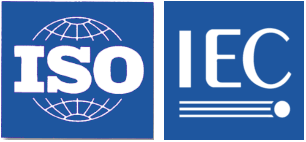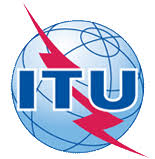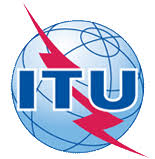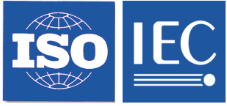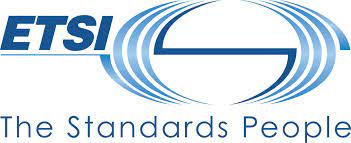ISO/IEC 21823-1:2019 Interoperability for internet of things systems -- Part 1: Framework
ISO/IEC 21823-1:2019(E) provides an overview of interoperability as it applies to IoT systems and a framework for interoperability for IoT systems. This document enables IoT systems to be built in such a way that the entities of the IoT system are able to exchange information and mutually use the information in an efficient way. This document enables peer-to-peer interoperability between separate IoT systems. This document provides a common understanding of interoperability as it applies to IoT systems and the various entities within them.
